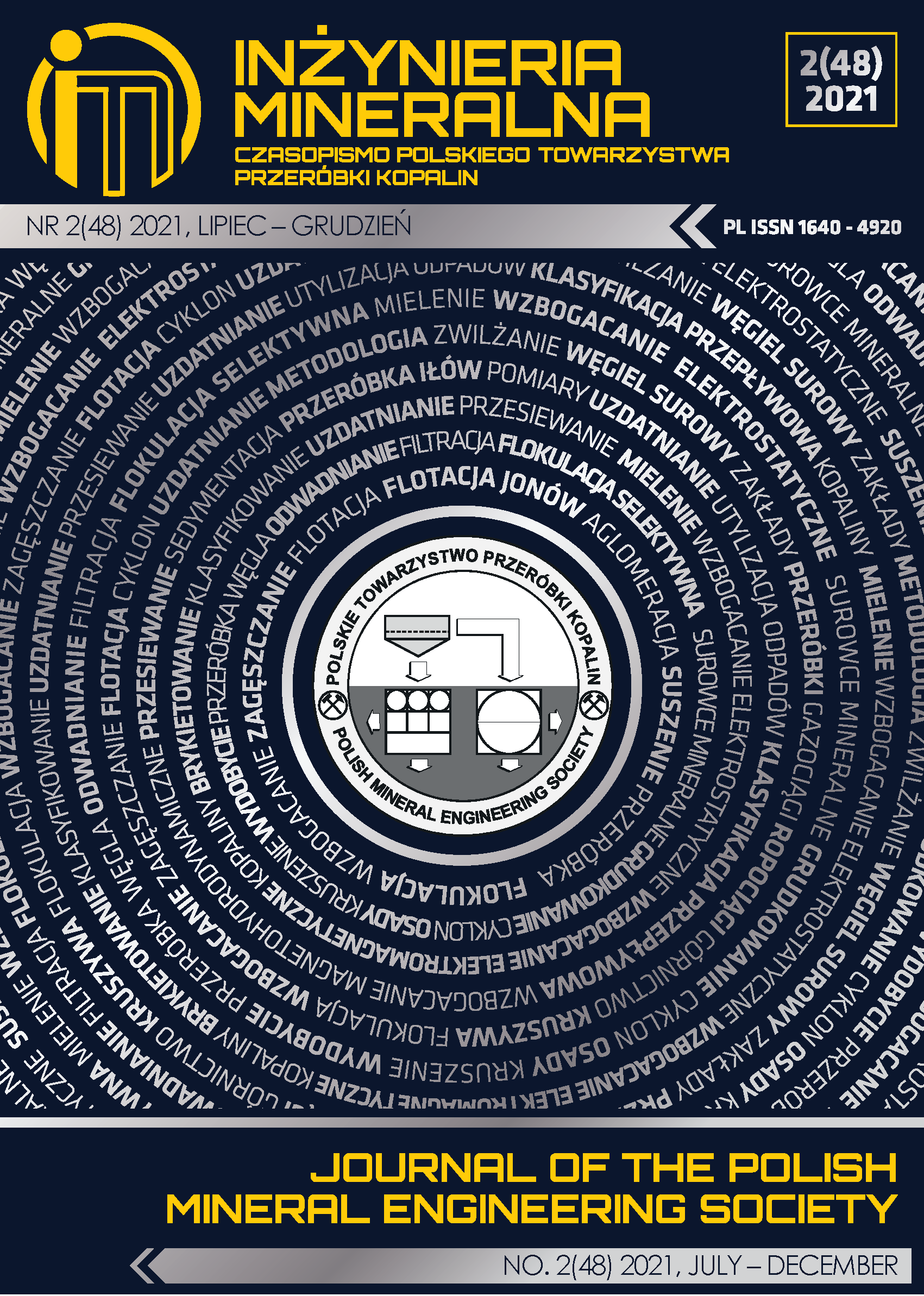General Geometric Model of GNSS Position Time Series for Crustal Deformation Studies – A Case Study of CORS Stations in Vietnam
Abstract
In processing of position time series of crustal deformation monitoring stations by continuous
GNSS station, it is very important to determine the motion model to accurately determine the displacement
velocity and other movements in the time series. This paper proposes (1) the general geometric model for
analyzing GNSS position time series, including common phenomena such as linear trend, seasonal term,
jumps, and post-seismic deformation; and (2) the approach for directly estimating time decay of
postseismic deformations from GNSS position time series, which normally is determined based on seismic
models or the physical process seismicity, etc. This model and approach are tested by synthetic position
time series, of which the calculation results show that the estimated parameters are equal to the given
parameters. In addition they were also used to process the real data which is GNSS position time series of
4 CORS stations in Vietnam, then the estimated velocity of these stations: DANA (n, e, u = -9.5, 31.5, 1.5
mm/year), HCMC (n, e, u = -9.5, 26.2, 1.9 mm/year), NADI (n, e, u = -10.6, 31.5, -13.4 mm/year), and
NAVI (n, e, u = -13.9, 32.8, -1.1 mm/year) is similar to previous studies.
Copyright (c) 2021 Dinh Trong TRAN ,Quoc Long NGUYEN ,Dinh Huy NGUYEN

This work is licensed under a Creative Commons Attribution-ShareAlike 4.0 International License.
This journal permits and encourages authors to post items submitted to the journal on personal websites or institutional repositories both prior to and after publication, while providing bibliographic details that credit, if applicable, its publication in this journal.







.png)
